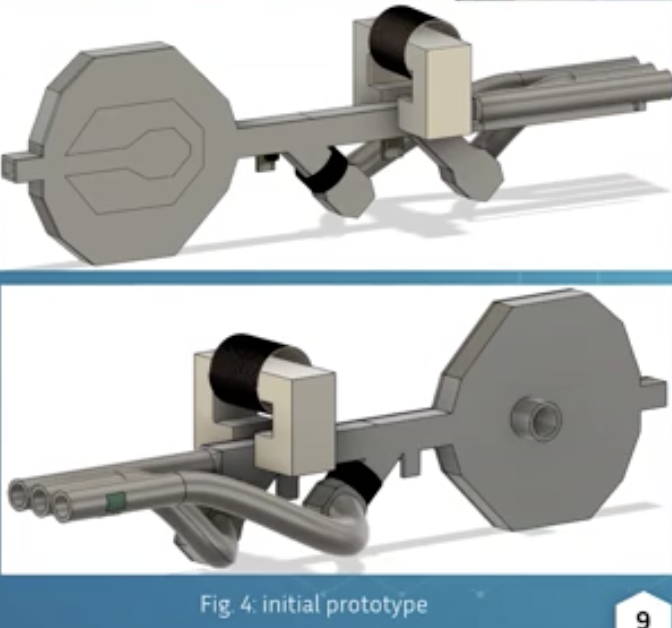2021 Spring 21 Pre-capstone Innovation Final Presentation: Split Air Sensor
June 7, 2021
Alara Tuncer
Split-Air Sensor designed by finalists Simon Kahn (CSE major), Benjamin Liang (CSE major) and Palak Jauhari (CBE major) promises to “change the landscape for air pollutant quantification” in underground transit systems. This innovative air quality sensor is designed to accurately detect particulate matter, PM, in the underground air so that health risk assessments can be made accurately.
PM is one of the major contributors to air pollution. PM is found in two forms, PM 2.5 and PM 10, with the diameters of 2.5 microns or less and the diameters of 10 to 2.5 microns, respectively. Inhaling both forms are known to causes irritation and inflammation in the lungs. PM 2.5 has the capacity to be deposited deep in the lungs, in fact, Diesel PM is particularly dangerous because of its approximate size being smaller than 1 microns leading to a greater risk of deposition and accumulation deep within the tissues.
According to a recent study published by NYU Langone, NYC subway stations have high levels of PM 2.5. The average PM levels in the NYC subway stations is 77 times more than that found above ground, causing severe respiratory health risks to transit workers as well as daily commuters. The study presents concerning data regarding underground transit stations, concluded that the PATH and NYC subway stations had the highest levels of PM 2.5 across all the stations studied in Northeast US. Unfortunately, the study also stated that the PM levels may be underestimated, deflating health risks well. Without knowing the level of hazardous parameters, how can we accurately estimate the risks and devise robust solutions against these health hazards?
To date, PM measuring devices are not designed to detect PM levels underground. They are designed to measure PM levels at ambient outside temperatures. Existing methods of evaluating PM cannot detect aggregate matters which are commonly found underground and contribute to health effects. This was the driving force for the finalist’s design in creating a sensor that was able to detect PM levels underground.
The major issue with accurately monitoring PM 2.5 underground is related to distinguishing between iron oxide and carbon soot. Both compounds have a similar color and a refractive index which has made identification and classification underground difficult. Current approaches of isolating black carbon from iron oxide require multi-step chemical processes and several reagents. These are not practical methods that can be utilized underground.

Prototype of Split Air Sensor
As a result, Kahn, Liang, and Jauhari hope to design an innovative air quality sensor which is able to quantify PM 2.5 found underground by isolating black carbon from iron particles, steel dust as well as other metals that form health damaging aggregates.
The design includes a microscale virtual impactor that exploits the size difference to separate PM 2.5 from PM 10. First, a mesh filter will act like a sieve to separate the incoming particles that are larger than PM10. Next, the PM 10 will go through the center while PM 2.5 will be propelled to go through the top channels. Lastly, making use of the magnetic property of some iron oxide compounds, a magnetic current will be used to aid sound waves to separate the PM 2.5 particles from black carbon. Fascinating!
There are still several questions unanswered. Nevertheless, the finalists will surely address these and other future challenges that may arise with further research. We wish Kahn, Liang, and Jauhari the best of luck in their project. As undergraduates, they have already done incredible amounts of research to formulate this idea. Undoubtedly, this engineered PM measuring device will change our outlook on air pollutants found underground, allowing us to better assess health risks and create targeted solutions devised to combat polluting hazards.
